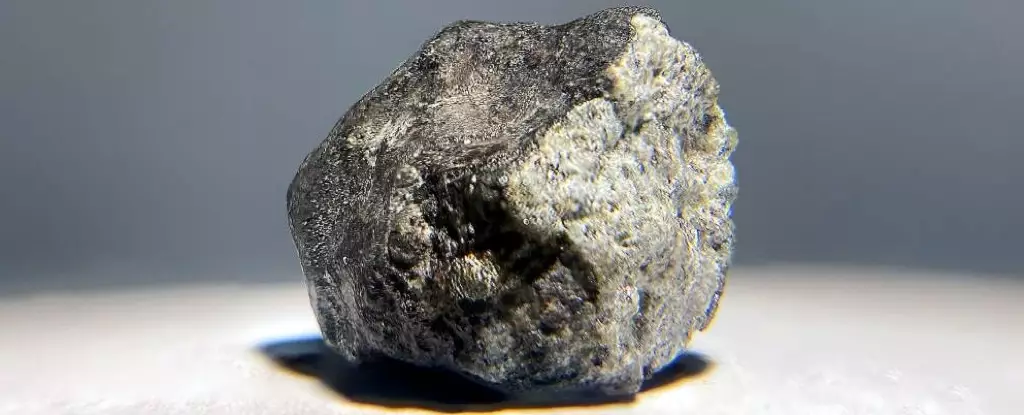Meteorites, those captivating visitors from outer space, have long intrigued scientists and stargazers alike. Historically, only a select handful of these space rocks could be definitively traced back to their parent bodies in the cosmos. However, recent groundbreaking research has shed light on over 90 percent of meteorites currently impacting Earth, establishing compelling links to their origins. This new understanding not only enhances our knowledge of meteorite composition but also offers vital clues about the dynamic processes shaping our Solar System.
Central to this discussion are two predominant types of meteorites: high iron (H) and low iron (L) chondrites. Collectively, these meteorites constitute about 70 percent of all meteorites that reach our planet. Chondrites are characterized by their chondrules—tiny spherical particles formed from the rapid cooling of molten rock. Researchers from esteemed institutions, including the French National Centre for Scientific Research, European Southern Observatory, and Charles University in the Czech Republic, have meticulously studied these chondrites. Their analysis has revealed that many of these meteorites originate from three specific asteroid families: Massalia, Karin, and Koronis, located in the main asteroid belt between Mars and Jupiter.
Understanding the lineage of these meteorites began with detailed examinations of their chemical makeup and isotope ratios. The studies confirmed that the meteorites landing on Earth today are the result of more recent break-ups in these asteroid family structures. Significant collision events, such as those recorded in the Massalia family approximately 466 million and 40 million years ago, have been instrumental in generating the debris that ultimately descends to our planet’s surface. Similarly, the Karin and Koronis families experienced catastrophic collisions around 5.8 and 7.6 million years ago, respectively.
This fresh wave of research underscores the belief that more asteroid families are contributing to the meteorite population than previously conceived. The findings suggest that the remnants of these fantastic collisions generate a multitude of smaller fragments that are more likely to escape the gravitational clutches of the asteroid belt and become meteoric travelers in the solar system.
The implications of this research are profound. Beyond merely cataloging meteorites, it provides insights into the evolutionary history of the Solar System and contributes to our understanding of planetary formation. The interconnectedness of asteroids and their meteorite fragments highlights a complex web of cosmic relationships, where catastrophic events resonate for millions of years.
Moreover, the researchers expanded their investigation beyond just H and L chondrites, delving into rarer meteorite types. This broadened scrutiny, including the contributions from other asteroid families like Veritas, Polana, and Eos, has uncovered a wealth of knowledge, propelling the accounted-for meteorites to exceed 90 percent of known specimens. Such comprehensive research paves the way for astronomers to glean actionable insights regarding the trajectories and potential future impacts of these celestial objects.
While significant strides have been made in understanding meteorite origins, the scientific community remains committed to piecing together the full mosaic of meteoritic history. Ongoing observations and analyses will be crucial in identifying and categorizing the remaining meteorite types. Each discovery serves not just to inform current scientific inquiry but also to ignite curiosity about the unknown mysteries of our cosmic neighborhood.
As researchers continue to delve into this intricate puzzle, the potential for future revelations looms large. Understanding where meteorites come from not only enriches our comprehension of planetary formation and evolution but also bears implications for future space exploration and planetary defense strategies.
Recent studies have dramatically altered our understanding of meteorite origins, linking a vast majority of them to specific asteroid families through catastrophic collisions in the distant past. This knowledge not only deepens our fascination with these otherworldly fragments but also highlights the dynamic and ever-evolving nature of the cosmos. Astronomy has ventured into a new era, armed with compelling evidence that urges us to continue exploring the vast expanses of space and the stories carved in the stones that fall from above.

